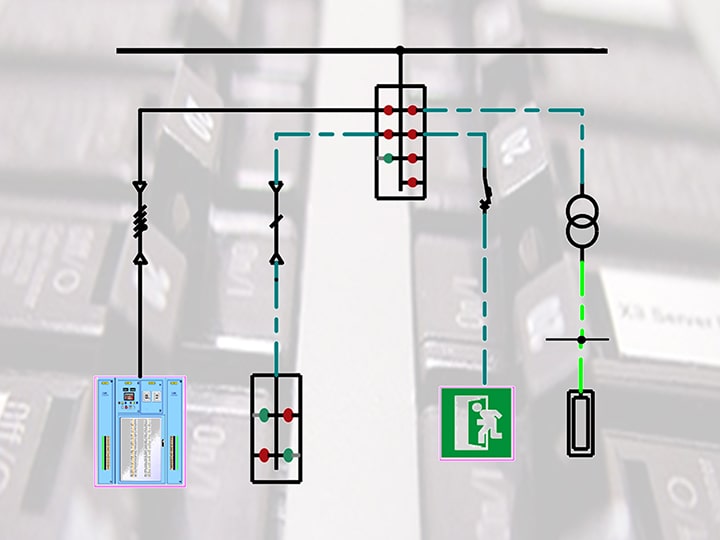Introduction to Power System Analysis
Power system analysis involves studying the behavior of interconnected components in an electrical power system. It aims to ensure reliable and efficient transmission of electric power from generating stations to consumers. With the help of specialized software tools, engineers can simulate, model, and analyze power systems to better manage operations, identify weaknesses, and plan upgrades.
Modelling Electrical Components
Power system analysis software allows engineers to create digital models of all components that make up the electric grid – from generators and transmission lines to transformers, switches, loads, and protective devices. Complex configurations involving thousands of interconnected components can be represented through these virtual models. Program libraries contain pre-built models for common equipment that can be customized as needed. Field measurements are incorporated to make models accurately reflect real-world characteristics and performance of components.
Steady State Power Flow Analysis
One of the basic analyses performed is power flow which determines the steady state operating conditions of a system. Power System Analysis Software calculates important parameters like voltage magnitude and angle at each bus, real and reactive power flows in each branch under normal load and generation conditions. This helps verify if the system is operating within safe limits and identifies potential overloads or weak spots. It also predicts how the power flow would redistribution if any changes are made to the system like switching/tripping a line.
Short Circuit Analysis
Software tools can model short circuit faults effectively to analyze transient overcurrent stresses and help engineers size protective devices correctly. Three-phase and single-phase faults are simulated at different locations to determine fault currents. The analysis evaluates fault contribution from each source and estimates stresses on equipment. It indicates adequacy of existing protection schemes and guides enhancements if fault levels exceed equipment ratings under contingency conditions.
Dynamic and Transient Stability Analysis
Stability analysis evaluates a system’s ability to maintain steady frequencies and recover equilibrium after experiencing a disturbance. Dynamic simulations model generator rotor dynamics along with control systems to predict angular stability following faults, line trips or loss of generation. Transients are also captured to check if voltages recover within statutory limits post-fault. The risk of cascading failures or voltage collapse under different outage scenarios can be assessed.
Optimal Power Flow
Optimal power flow (OPF) is an advanced analysis to determine the most cost-effective generation dispatch pattern to meet a given load demand profile. It factorses in generator cost curves, transmission line thermal limits, voltage constraints at buses and other operating criteria. The software optimizes output settings of multiple generating units to minimize total generation costs while maintaining a secure and reliable power flow solution. OPF enhances efficient operation and helps defer network investments.
Protection System Coordination and Arc Flash Hazard Analysis
Proper coordination of protective relays and fuses is critical for selectivity and dependability of fault isolation. Software models relay characteristics, coordination time curves and settings to detect and eliminate any potential conflicts or gaps in protection coverage. It also evaluates Arc Flash hazards to help engineers specify appropriate personal protective equipment and establish safe work practices as mandated by safety standards.
Benefits of Power System Analysis Software
The utilization of specialized software tools conveys several operational and economic benefits to power utilities:
– Improved reliability through proactive planning of the transmission grid based on detailed simulations.
– Identification of system bottlenecks requiring reinforcement or load transfer schemes.
– Optimization of protection schemes to achieve maximum safety during fault conditions.
– Ensures N-1 reliability criteria is met through contingency analysis of credible outages.
– Manages transmission congestion effectively through OPF dispatch of generation resources.
– Reduces downtime and costs from equipment failures through overstress prevention.
– Enhances asset utilization, defers large capital investments, and improves overall system efficiency.
– Integrates state estimators, EMS, SCADA and other control systems for real-time monitoring and control.
– Facilitates regulatory compliance through standardized reporting of power flows, losses and equipment loading levels.
– Supports condition-based maintenance through monitoring equipment performance over time.
With the growing complexity of modern power grids, system analysis software has become indispensable for transmission planners and operators to guarantee a secure and reliable power supply. It enables them to leverage engineering and operational insights for managing grid assets optimally.
*Note:
1. Source: Coherent Market Insights, Public sources, Desk research
2. We have leveraged AI tools to mine information and compile it




